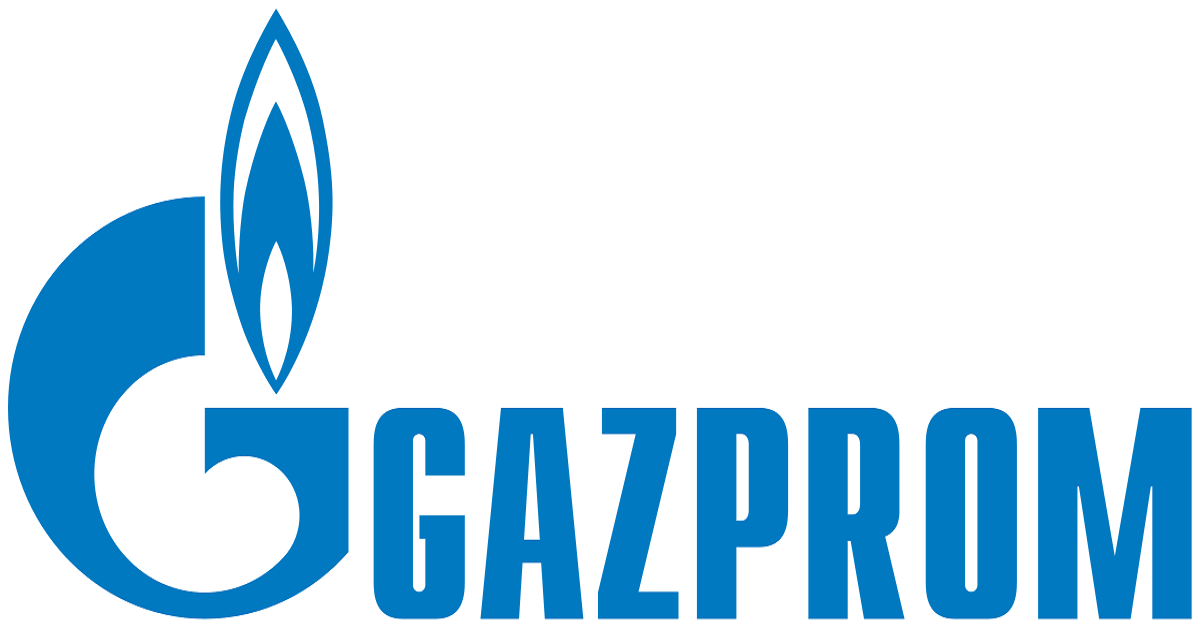In 1991, following the collapse of the Soviet Union, the gas sector in Russia was transferred to new energy suppliers, including Gazprom, Ukrgazprom and Turkmengazprom. Gazprom was able to keep assets on Russian territory, monopolising the gas sector in the country. Oil and other supplies were divided between numerous companies.
In more recent times, Gazprom came out on top in the annual S&P Global Platts Top 250 Global Energy Company Rankings. Gazprom now also owns the world’s largest natural gas reserves, owning 16% of the global gas reserves and over 70% of the Russian gas reserves.
Gazprom is the largest worldwide gas producer, with 12% of the world’s gas output. They also account for 68% of domestic gas production. Also, Gazprom is the largest joint-stock company in Russia and Gazprom are 50% owned by The Russian Government.
Gazprom also claims to have the lowest carbon footprint out of the major gas and oil companies. They also hold several hundred different subsidiaries, varying in percentage control and some both directly and indirectly.
Gazprom has links with professional football clubs around the globe and also sponsor main events such as the FIFA World Cup and UEFA Champions League. Their branding is seen often in the sports world and is a sign of their global dominance.

